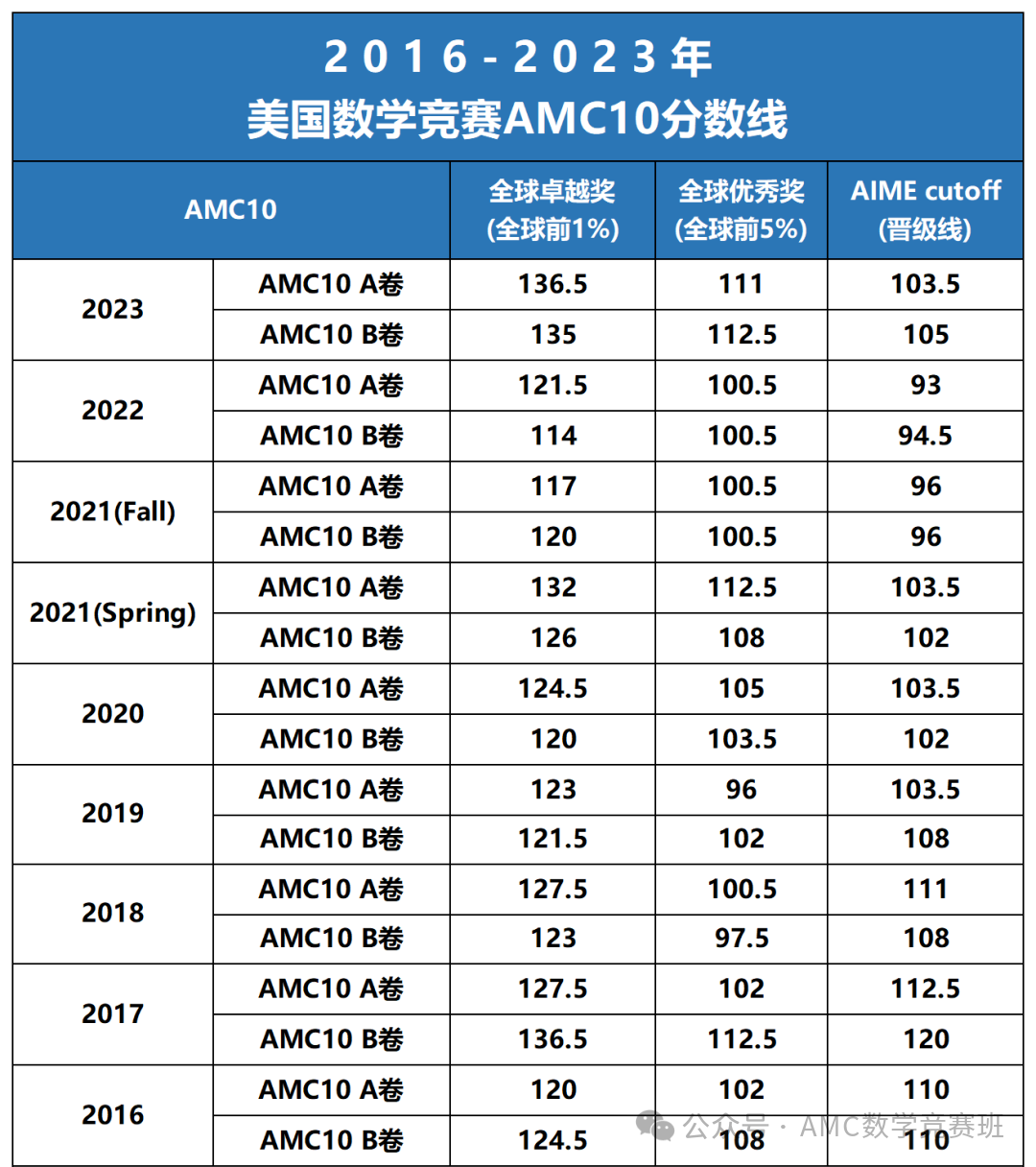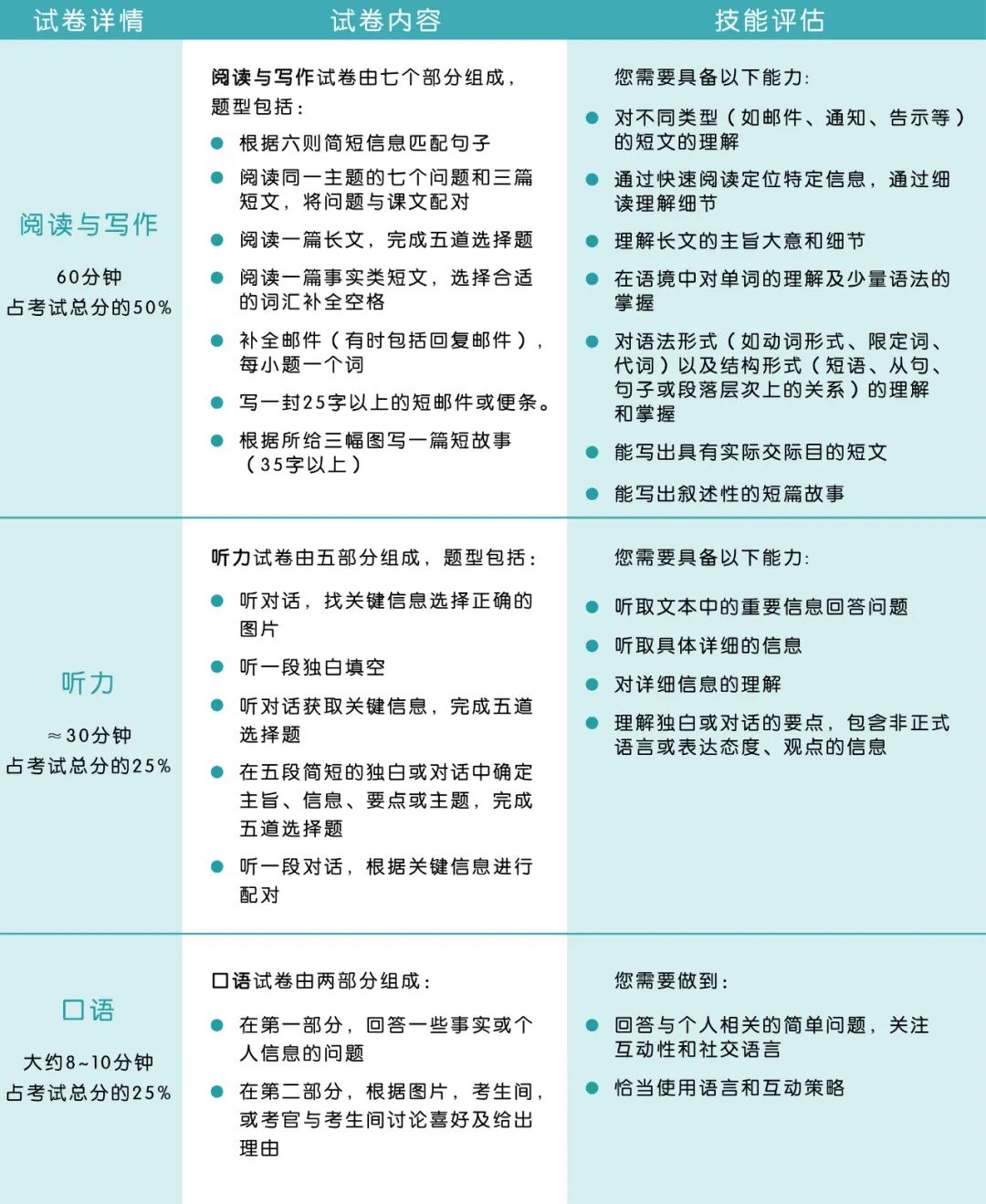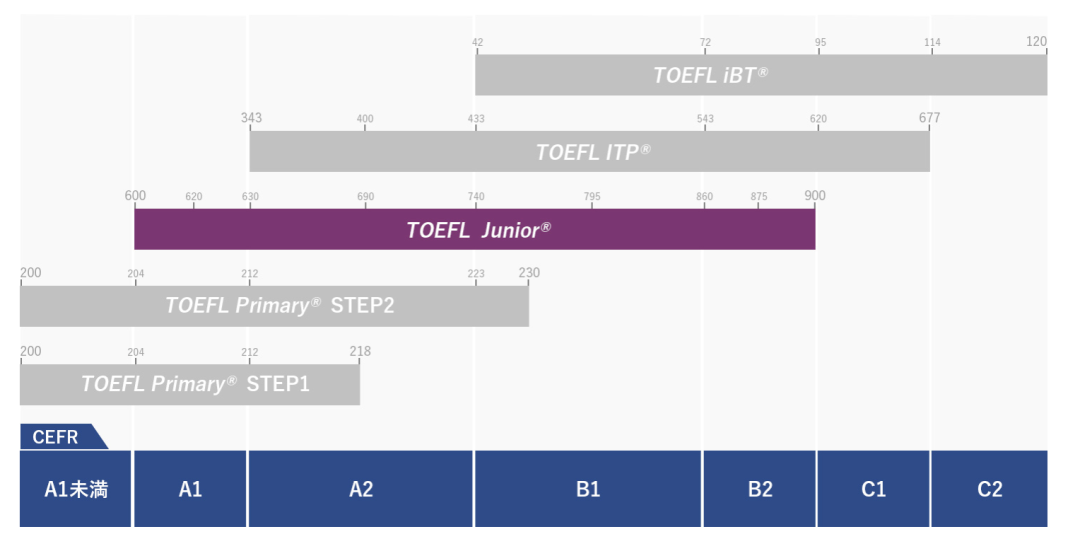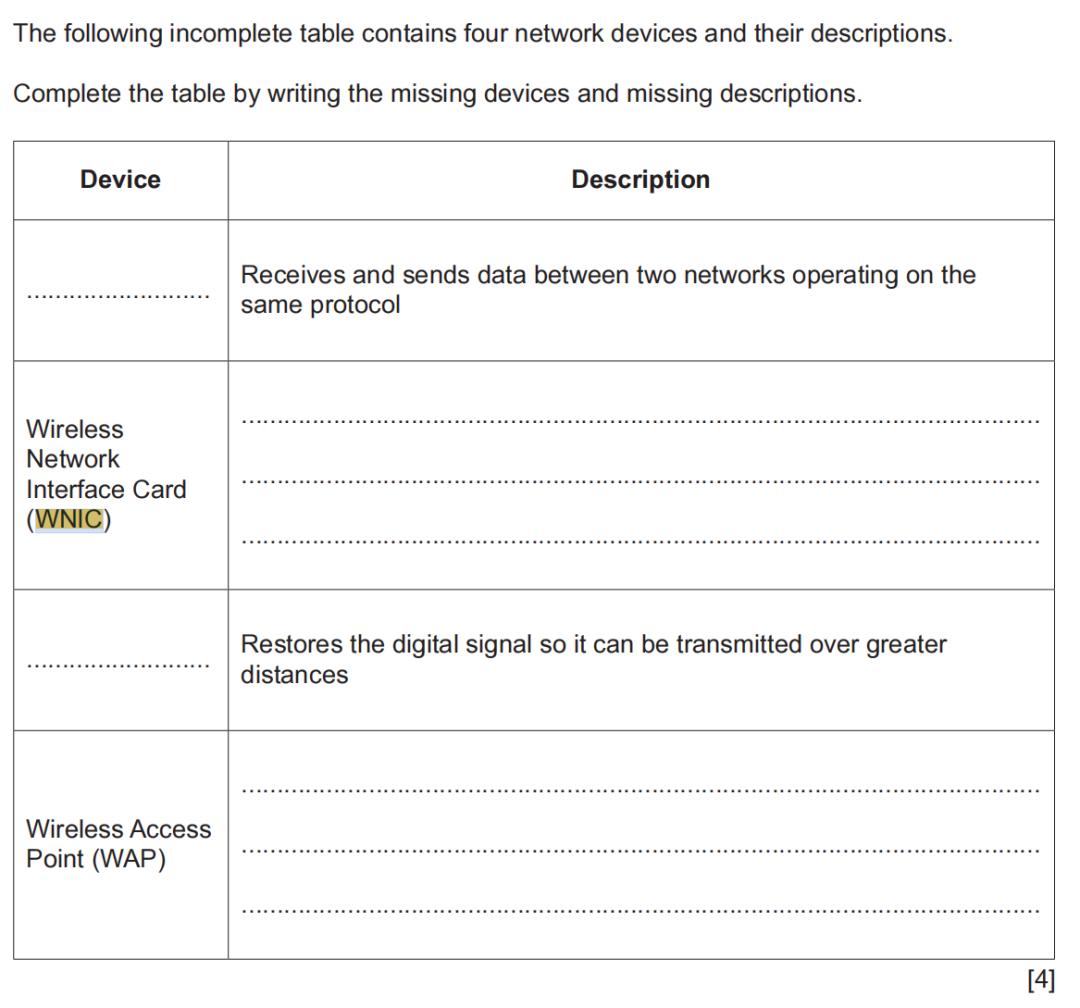AP人文地理考点概况1--- Thinking Geographically
考试分析:
本章节约占考试比重8~10%,要求大家从地理的角度分析问题,能够读懂并分析地理数据,比如地图、图标、表格、卫星图片、选举区域等。同时结合理论模型理解人与环境之间是如何相互影响的,最终可以利用地理方法研究接下来章节所涉及的人类活动进程及模式。
本章节在AP 人文地理的考试中以选择题为主,FRQ 的题目中很少单独考察,一般会出现在读图的部分,考察大家的读图分析数据的能力。整体来说,难度是中等,易错的地方常出现在地理信息和专业名词的理解上,建议大家一定结合地图理解专业名词。
AP人文地理单词1--- Thinking Geographically
Absolute location Description of the position of a place in a way that never changes, such as geographic coordinates of latitude and longitude.
Cartogram A map in which the projection and scale are distorted in order to convey the information of a variable.
Cartography The science of making maps.
Choropleth map A map in which areas are shaded or patterned in proportion to the measurement of the variable.
Concentration The extent of a feature’s spread over a given area.
Connection The relationships among people and objects across the barrier of space.
Cultural ecology A geographic approach that emphasizes human-environment relationships.
Cultural landscape An approach to geography that emphasizes the relationships among social and physical phenomena in a particular study area.
Culture The body of customary beliefs, material traits, and social forms that together constitutes the distinct tradition of a group of people.
Density The frequency with which something exists within a given unit of area.
Diffusion The process by which a feature spreads from one place to another over time.
Distance decay The diminished importance and eventual disappearance of a phenomenon with increasing distance from its origin.
Distribution The arrangement of something across Earth’s surface.
Dot map A map that depicts data that consists of discrete observations. Each dot represents a predetermined number of observations, which could be one or many.
Ecology The scientific study of ecosystems.
Ecosystem A group of living organisms and the abiotic spheres with which they interact.
Environmental determinism A nineteenth and early twentieth-century approach to the study of geography which argued that the general laws sought by human geographers could be found in the physical sciences. Geography was therefore the study of how the physical environment caused human activities.
Formal region (or uniform region) An area in which most people share in one or more distinctive characteristics.
Functional region (or nodal region) An area organized around a node or focal point.
Geographic information system (GIS) A computer system that captures, stores, queries,and displays geographic data.
Geo tagging Identification and storage of apiece of information by its precise latitude and longitude coordinates.
Global Positioning System (GPS) A system that determines the precise position of something on Earth through a series of satellites,tracking stations, and receivers.
Globalization Actions or processes that involve the entire world and result in making something worldwide in scope.
Graduated symbol map A map that displays symbols that change in size according to the value of the variable.
Humanistic geography An approach to human geography that emphasizes the different ways that individuals form ideas about place and give those places symbolic meanings.
Hydrosphere All of the water on and near Earth’s surface.
International Date Line An arc that for the most part follows 180° longitude. When the International Date Line is crossed heading east(toward America), the clock moves back 24 hours,or one entire day. When it is crossed heading west(toward Asia), the calendar moves ahead one day.
Isoline map A map that connects places of a particular value by lines.
Latitude The numbering system used to indicate the location of parallels drawn on a globe and measuring distance north and south of the equator (0°).
Lithosphere Earth’s crust and a portion of upper mantle directly below the crust.
Location The position of anything on Earth’s surface.
Longitude The numbering system used to indicate the location of meridians drawn on a globe and measuring distance east and west of the prime meridian (0°).
Map A two-dimensional, or flat, representation of Earth’s surface or a portion of it.
Map scale The relationship between the size of an object on a map and the size of the actual feature on Earth’s surface.
Mental map A representation of a portion of Earth’s surface based on what an individual knows about a place that contains personal impressions of what is in the place and where the place is located.
Meridian An arc drawn on a map between the North and South poles.
Network A chain of communication that connects places.
Parallel A circle drawn around the globe parallel to the equator and at right angles to the meridians.
Pattern The geometric or regular arrangement of something in a particular area.
Place A specific point on Earth, distinguished by a particular characteristic.
Possibilism The theory that the physical environment may set limits on human actions,but people have the ability to adjust to the physical environment and choose a course of action from many alternatives.
Preservation The maintenance of resources in their present condition, with as little human impact as possible.
Prime meridian The meridian, designated as 0° longitude, that passes through the Royal Observatory at Greenwich, England.
Projection A system used to transfer locations from Earth’s surface to a flat map.
Region An area distinguished by one or more distinctive characteristics.
Remote sensing The acquisition of data about Earth’s surface from a satellite orbiting the planet or from other long distance methods.
Scale The relationship between the portion of Earth being studied and Earth as a whole.
Site The physical character of a place.
Situation (or relative location) The location of a place relative to another place.
Solstice An astronomical event that happens twice each year, when the tilt of Earth’s axis is most inclined toward or away from the Sun, causing the Sun’s apparent position in the sky to reach its northernmost or southern most extreme, and resulting in the shortest and longest days of the year.
Space The physical gap or interval between two objects.
Space–time compression The reduction in the time it takes to diffuse something to a distant place as a result of improved communications and transportation systems.
Spatial association The relationship between the distribution of one feature and the distribution of another feature.
Sustainability The use of Earth’s renewable and nonrenewable natural resources in ways that do not constrain resource use in the future.
Toponym The name given to a portion of Earth’s surface.
Vernacular region (or perceptual region) An area that people believe exists as part of their cultural identity.
Volunteered geographic information (VGI) Creation and dissemination of geographic data contributed voluntarily and for free by individuals.














